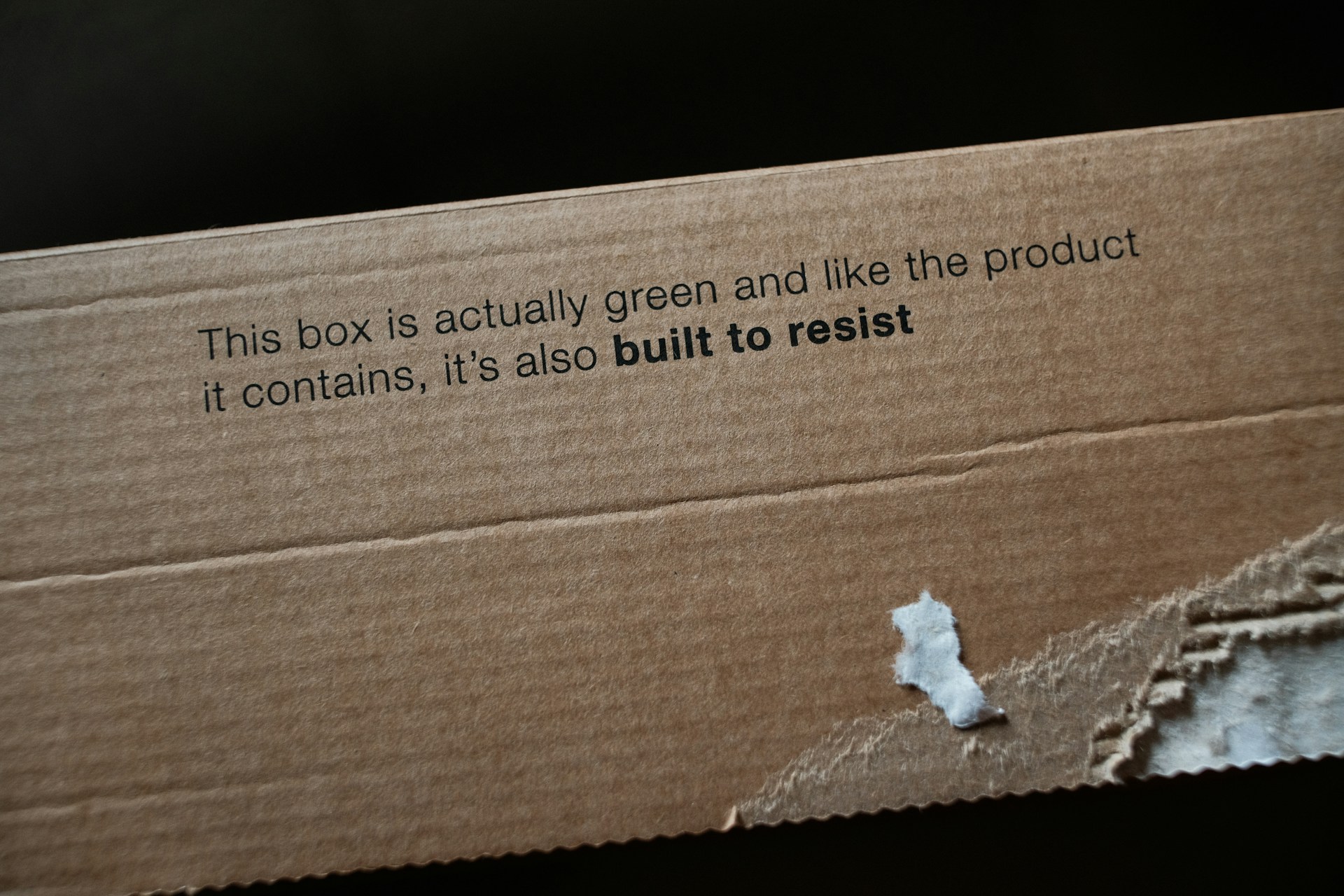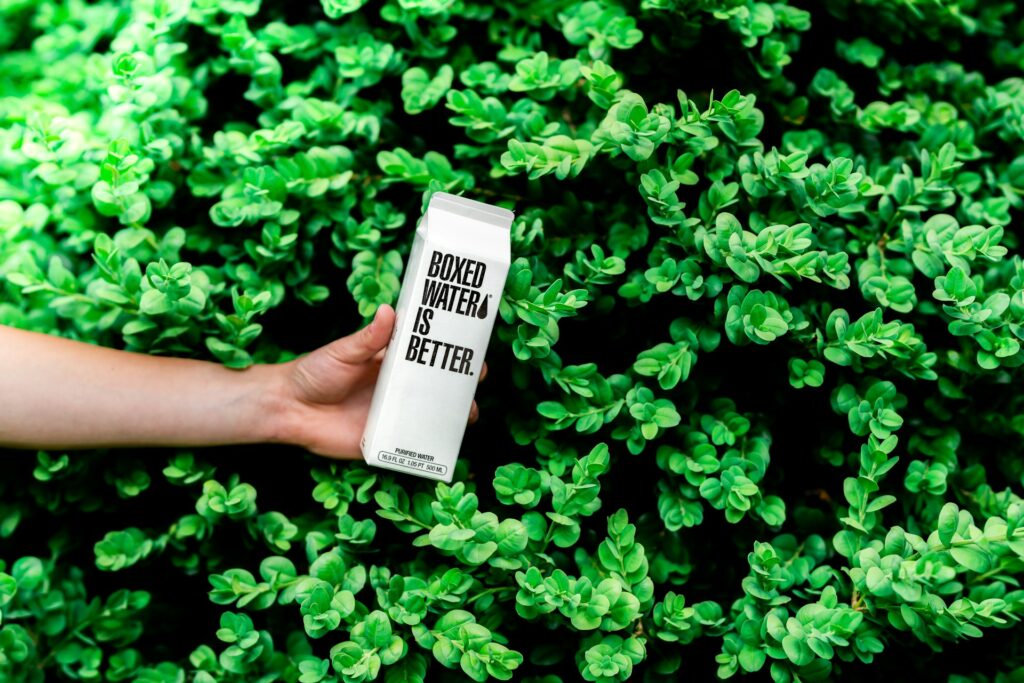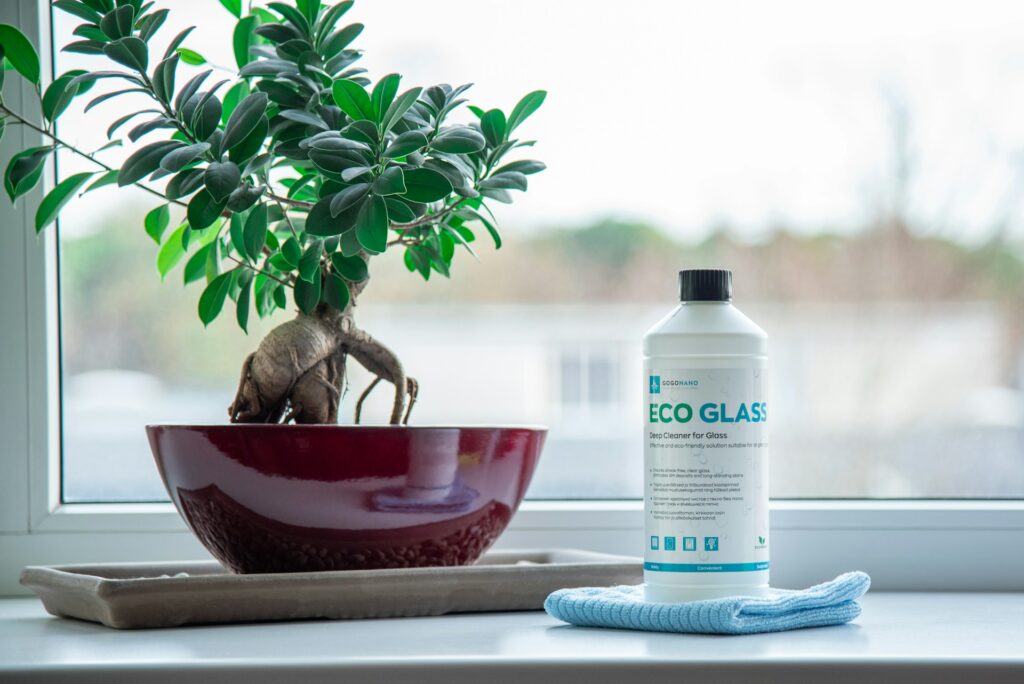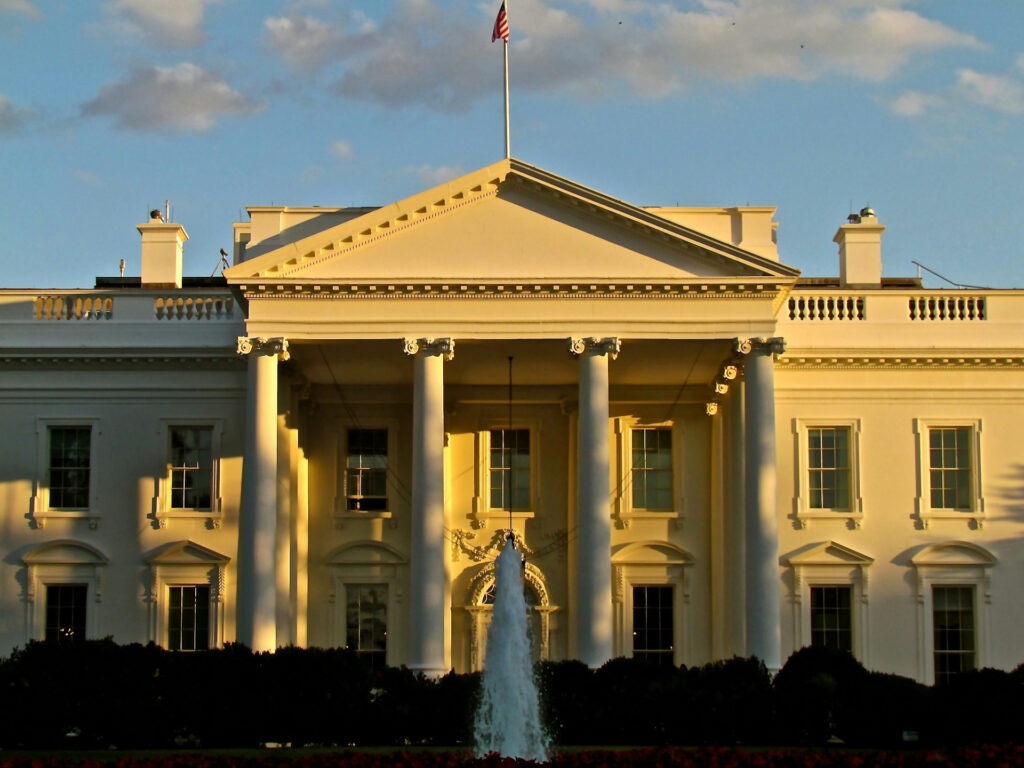Environmental Product Declarations: The Naked Truth About Sustainability

We are reader-supported. When you buy through links on our site, we may earn an affiliate commission.
Sustainability claims are everywhere. Companies label products “eco-conscious,” “low-carbon” or “planet-friendly” with little clarity on what those terms actually mean. As consumers and industries demand greater transparency, Environmental Product Declarations (EPDs) have emerged as one of the few standardized ways to cut through the noise.
What Are Environmental Product Declarations?
Environmental Product Declarations (EPDs) are standardized, independently verified documents that disclose the environmental impact of a product across its lifecycle. They are based on rigorous Life Cycle Assessment (LCA) methodology and follow international standards like ISO 14025 and EN 15804. Unlike vague green claims, an EPD delivers hard data — carbon emissions, water consumption, resource use and more — presented in a consistent format for accurate comparison.
EPDs didn’t make value judgments. They don’t say whether a product is good or bad for the planet. Instead, they provide the facts. This transparency allows architects, engineers, builders, manufacturers and procurement teams to make decisions rooted in evidence, not marketing language. As sustainability becomes a requirement rather than a bonus EPDs are becoming a critical part of responsible product selection.
What Are the Benefits of Environmental Product Declaration?
Environmental Product Declarations offer more than just data. They offer clarity, integrity and a foundation for meaningful progress. As sustainability moves from optional to essential, the advantages of using EPDs become increasingly clear across industries. Here are the key benefits that make EPDs an indispensable tool for organizations committed to reducing their environmental impact.
Verified Transparency
EPDs are based on internationally recognized standards and undergo third-party verification, which means the data presented isn’t marketing spin — it’s objective, scientific and standardized. This level of transparency builds trust among stakeholders and enables informed decision-making at every level, from procurement to policy. Greenwashing is the practice of making products or companies appear more environmentally friendly than they are. In a world where this is rampant, EPDs provide the evidence buyers and regulators need to distinguish between real sustainability and empty claims.
Regulatory and Certification Compliance
Many green building certifications and public procurement programs now require or reward the use of products with EPDs. Certifications like LEED, BREEAM, DGNB and WELL increasingly recognize EPDs as a credibility marker. For companies aiming to meet environmental performance standards or comply with evolving regulations, EPDs are a critical compliance tool that ensures products meet recognized sustainability benchmarks.

Competitive Differentiation
As more clients and governments demand sustainable solutions, having EPDs helps manufacturers stand out. Providing a verified EPD can give companies a competitive edge in bids, tenders and consumer preference. It shows that a company isn’t just claiming to be sustainable, but proving it with data. This differentiation is particularly valuable in construction, packaging and manufacturing, where sustainability is a key factor in purchasing decisions.
Product and Process Improvement
EPDs reveal opportunities for improvement. When a manufacturer completes a Life Cycle Assessment as part of a developing EPD, the data often highlight inefficiencies in materials, energy use or transportation. This insight can lead to more sustainable design choices, cost savings and improvement supply chain management. In this way, EPDs support transparency and actively drive innovation and better practices.
What Are the Different Types of EPDs?
There are several types of EPDs and the scope of each matters. The most common are:
Product-Specific EPDs
These declarations are developed for a specific product from a single manufacturer using product-specific data. Because they reflect actual performance metrics, product-specific EPDs are the most accurate and are often required for high-value certifications or client reporting.
Industry-Wide EPDs
Also called generic EPDs, these are based on average data from multiple manufacturers producing similar products. While less precise, they are useful for benchmarking, industry comparisons and initial compliance efforts. They also help smaller manufacturers participate in sustainability reporting without the full cost of a bespoke assessment.

Single-Plant or Single-Operator EPDs
These are a subtype of product-specific EPDs that only include data from one manufacturing facility. They’re useful for companies with multiple plants, where environmental impacts may vary significantly by location. These EPDs highlight performance at the local level and support more granular sustainability insights.
Third-Party Verified EPDs
Verification isn’t a type of EPD, but it’s a nonnegotiable feature for any EPD to be credible. Third-party verification ensures the EPD has been independently reviewed for accuracy, consistency and compliance with the applicable Product Category Rules (PCR). Without it, you can’t trust an EPD or use it for certifications.
Common EPD Misconceptions
EPDs are powerful tools, but they’re often misunderstood. As sustainability becomes more central to business decisions, it’s important to separate fact from fiction. Here are some of the most common misconceptions about EPDs:
- An EPD means a product is sustainable: An EPD simply reports a product’s environmental impact. It doesn’t make value judgments or certify sustainability. A product may have an EPD and still carry a significant carbon footprint.
- All EPDs are equally accurate: The level of accuracy depends on the type — product specific EPDs are based on real data from one manufacturer and are far more precise than industry-wide averages.
- Once you have an EPD it lasts forever: EPDs have expiration dates, typically five years. They must be updated regularly to reflect manufacturing, materials or regulations changes.
- EPDs are only useful for environmental consultants: Architects, engineers, contractors and procurement teams all use EPDs to make informed decisions and meet compliance requirements. They’re a vital part of project planning and material selection.
- You only need one EPD for your entire product range: Each product — or variation in material, formulation or production process — may require its own EPD to accurately reflect its unique environmental profile.

Is an EPD Compulsory?
In most industries, Environmental Product Declarations aren’t legally required, but that’s changing. Increasingly, governments, green building councils and large-scale developers are moving toward mandatory disclosure of environmental data. For example, in countries like France and Sweden, regulations are already in place that require EPDs for certain construction projects.
In the U.S., states like California are adopting Buy Clean legislation, which demands environmental reporting on materials like steel and concrete. As the pressure to decarbonize intensifies, the expectation to produce verified EPDs is fast becoming standard practice, especially in public procurement.
Even when not legally required, EPDs are often essential for market access. They are key to achieving points in sustainability certification schemes like LEED, BREEAM and WELL. Major contractors and architects increasingly demand them in tender documents as proof of environmental responsibility. So while EPDs may not always be compulsory by law, if you’re not producing them, you’re falling behind.
The Bottom Line
Environmental Product Declarations aren’t the flashiest tools in the sustainability space, but they’re among the most honest. THey remove ambiguity, replace guesswork with evidence and enable real progress toward environmental goals.







